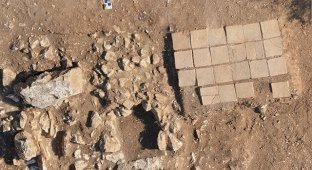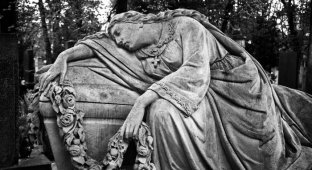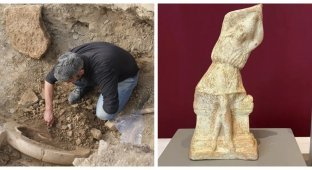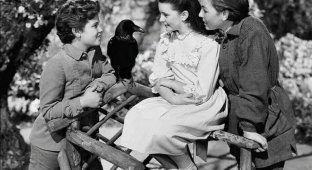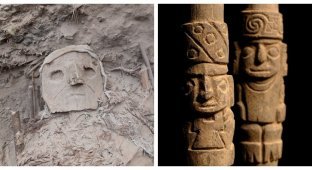The history of the burial of an ancient Egyptian prince (7 photos)
There is one interesting burial in the cemetery in Middlebury, Vermont. Which is clearly out of place and out of logical order. 
Presumably, this is the tomb of an Egyptian prince, who is both one of the youngest and, undoubtedly, the oldest deceased in the cemetery. Although the true identity of this man has not been established, his travels through time and space make for a very fascinating story. His name was Amum Her Hepesh Ef and he was born a prince around 1881 BC during the Middle Kingdom of Egypt.
Legend of the Prince 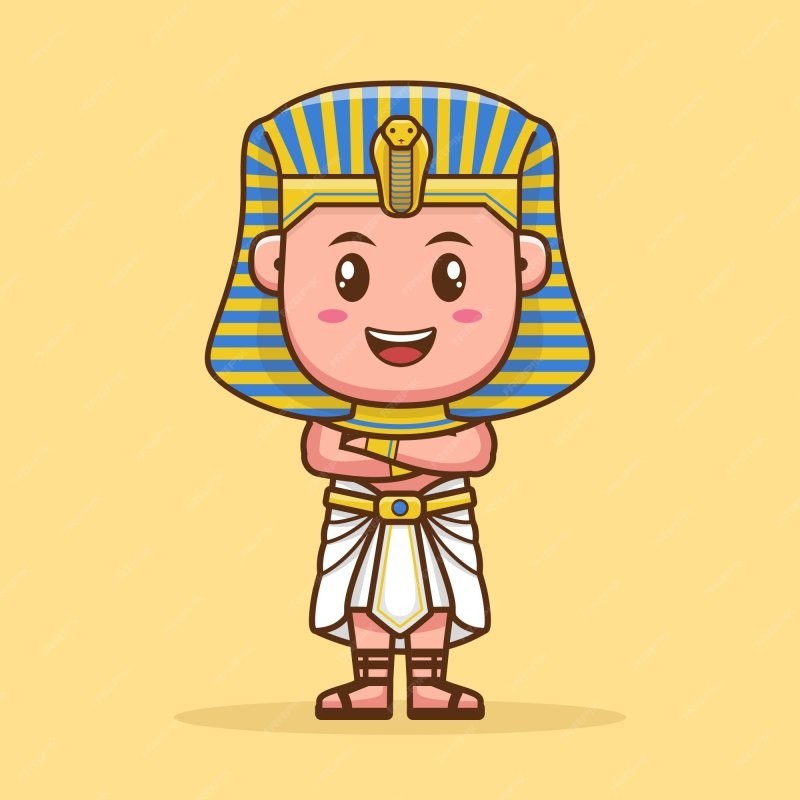
The child was about two and a half years old when he died in 1883 BC. e. A few years later, his father, Sen Woset III (also called Senwosret III or Sesostris III), became pharaoh and ruled during the 12th Dynasty. Among the achievements of Sen Voset III was the construction of the Sesostris Canal. His military campaigns led to a period of peace and prosperity. 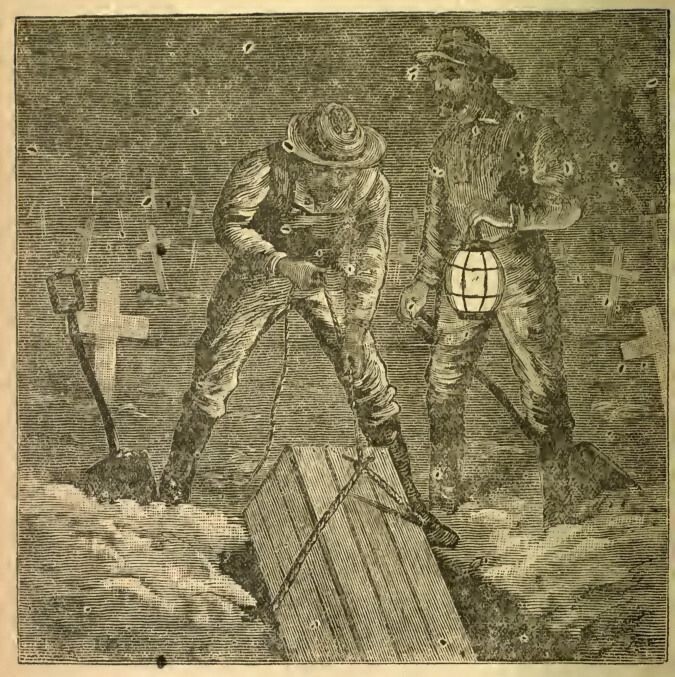
His pyramid at Dahshur was excavated at the end of the 19th century, but by then some of its treasures had already been looted. Most likely, it was not even archaeologists, but grave robbers of the Victorian era that caused the mummy of the boy prince to end up in the collection of an American museum of the 19th century.
Journey across the ocean 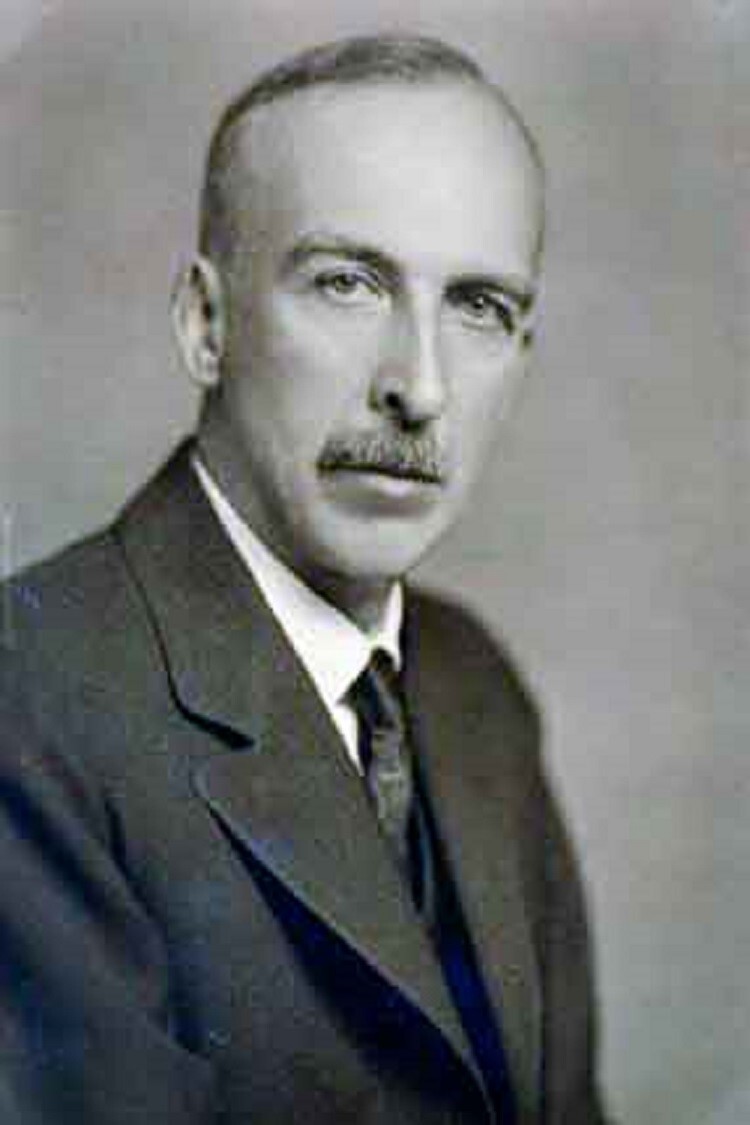
Henry D. Sheldon
Henry Sheldon, a collector whose Vermont History Museum still exists today, bought the prince's mummy from Spanish sailors in the late 1800s. The child's mummy was pawned in an antiquities pawnshop until it found its way to Paris and then to the United States. Sheldon, who had planned to make the baby prince's mummy one of the main exhibits, was disappointed by the dismal condition and kept it in the attic rather than putting it on public display. Sheldon died in 1907.
The Little Prince's final resting place 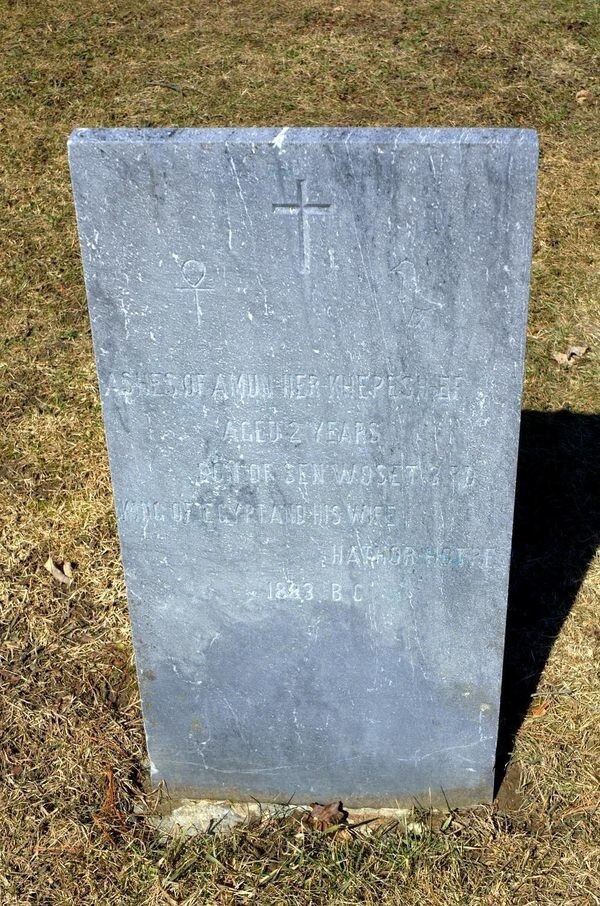
In 1945, museum director George Meade decided that the mummy should be given a proper burial. He was afraid that the students might dig up the body as a joke. Therefore, he cremated the decayed remains and buried them in his own family plot. The tombstone is decorated with three symbols: a Christian cross surrounded by the Egyptian symbols ankh (☥) and ba (bird), which symbolize life and spirit respectively. The epitaph reads:
Ashes of Amum-Kher-Khepesh-Eph at the age of two, son of Saint-Woseth, 3rd King of Egypt, and his wife Hathor-Hotpe, 1883 BC. 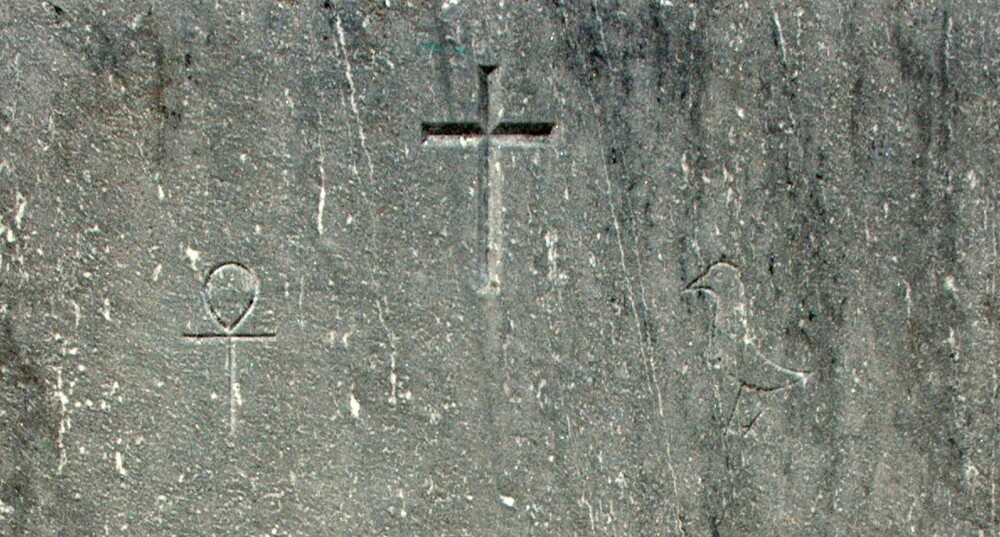
The nearby Middlebury College Museum of Art has many other interesting items that antiquities buffs will appreciate: a relief from the Old Kingdom of Egypt (2520-2195 BC) and the sarcophagus of Hathor-Mut-Netcher (64-343 BC). ..), as well as Mycenaean, Greek and Roman artifacts.
The museum displays works of art from Asia, Europe and the United States, ranging from the Renaissance to modern times. 












